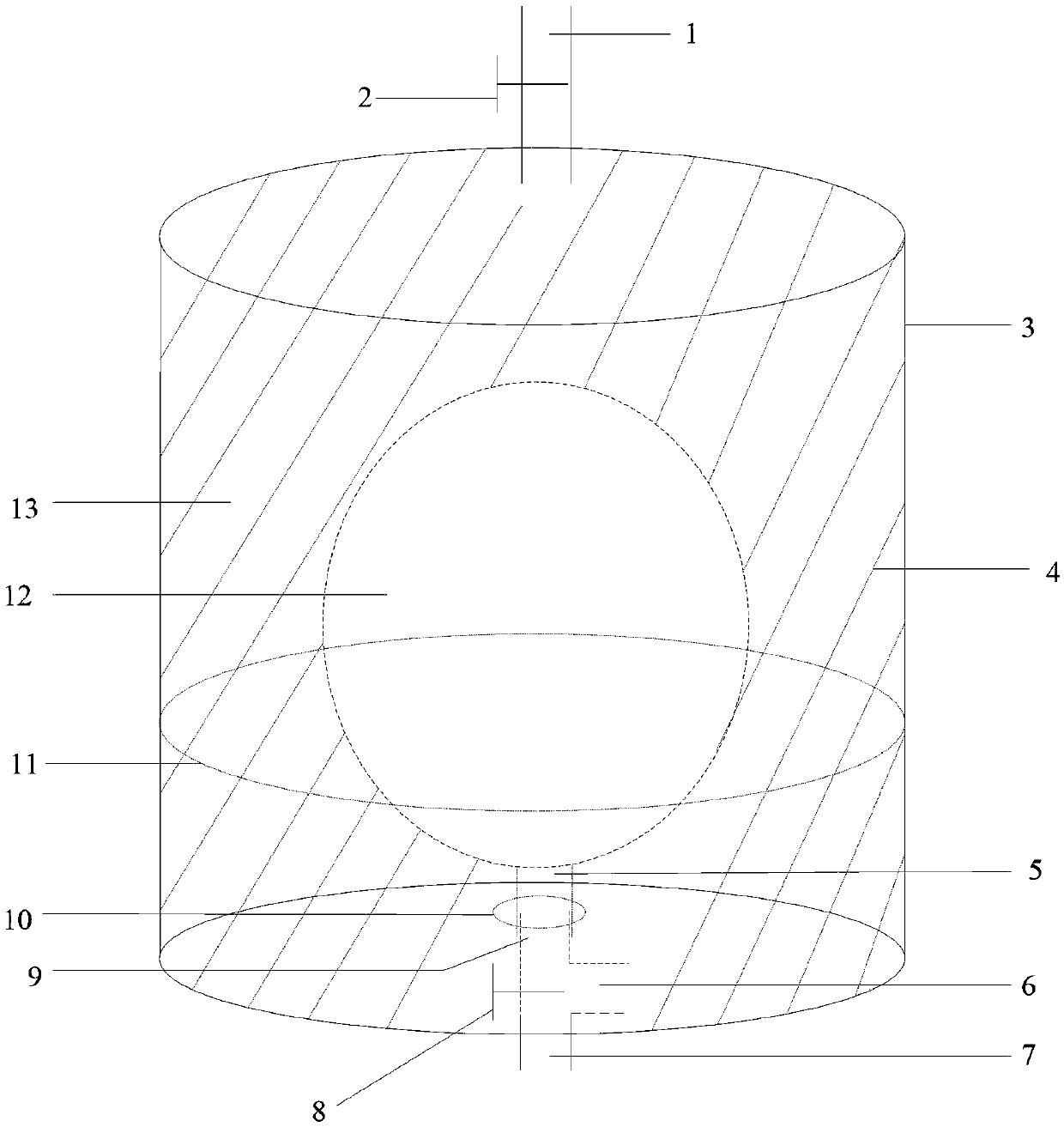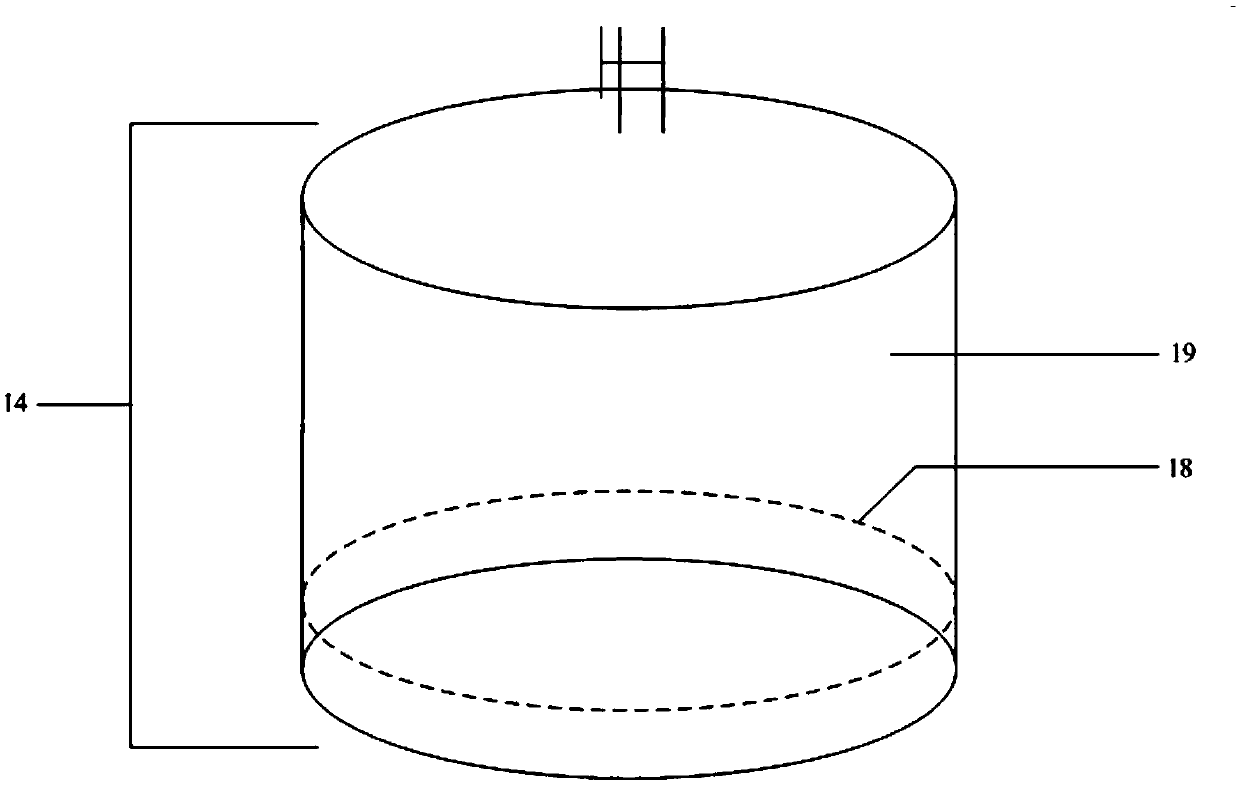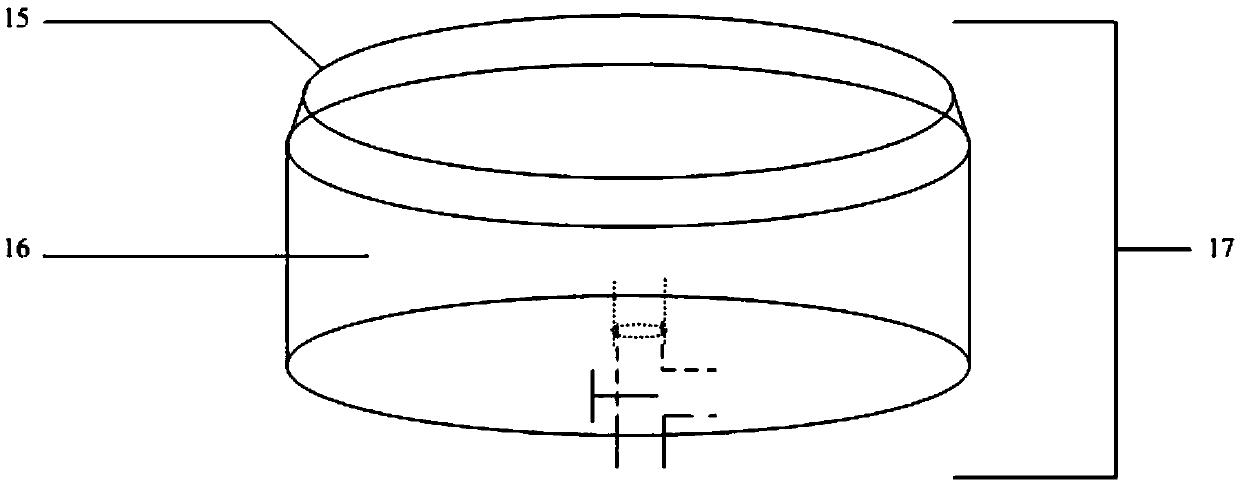Acellularized scaffold type bioreactor for artificial liver and utilization method of acellularized scaffold type bioreactor for artificial liver
A bioreactor, cell scaffold technology, applied in the field of biomedicine, can solve the problems of easy formation of ineffective cavity, large liquid flow resistance, semi-permeable membrane blockage, etc., to reduce ineffective cavity, reduce shear force and prevent liquid leakage. Effect
- Summary
- Abstract
- Description
- Claims
- Application Information
AI Technical Summary
Problems solved by technology
Method used
Image
Examples
Embodiment Construction
[0024] The following will clearly and completely describe the technical solutions in the embodiments of the present invention with reference to the accompanying drawings in the embodiments of the present invention. Obviously, the described embodiments are only some, not all, embodiments of the present invention. Based on the embodiments of the present invention, all other embodiments obtained by persons of ordinary skill in the art without making creative efforts belong to the protection scope of the present invention.
[0025] see Figure 1~3 , in an embodiment of the present invention, a decellularized scaffold bioreactor for an artificial liver, comprising a bioreactor shell 3, a decellularized scaffold 12, a filling scaffold 4, and a liquid inlet and outlet; the bioreactor shell 3 is cylindrical, biological The reactor housing 3 includes an upper part 14 and a lower part 17, and the joint 11 between the upper part 14 and the lower part 17 is threaded; the upper part 14 and...
PUM
 Login to View More
Login to View More Abstract
Description
Claims
Application Information
 Login to View More
Login to View More - R&D
- Intellectual Property
- Life Sciences
- Materials
- Tech Scout
- Unparalleled Data Quality
- Higher Quality Content
- 60% Fewer Hallucinations
Browse by: Latest US Patents, China's latest patents, Technical Efficacy Thesaurus, Application Domain, Technology Topic, Popular Technical Reports.
© 2025 PatSnap. All rights reserved.Legal|Privacy policy|Modern Slavery Act Transparency Statement|Sitemap|About US| Contact US: help@patsnap.com



